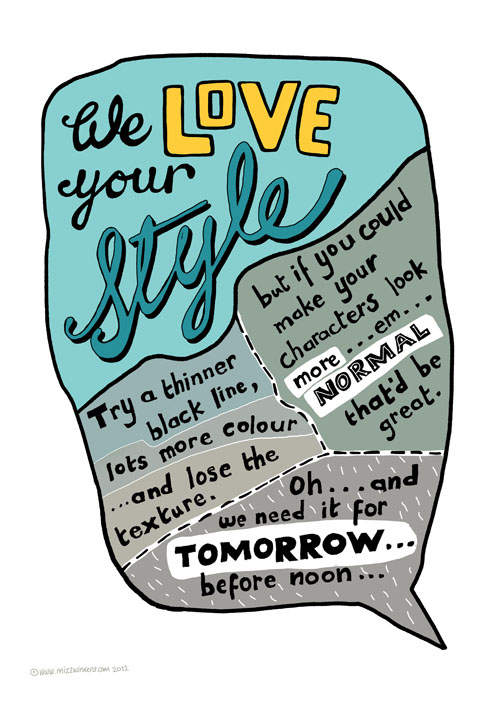RE: What Is Love?

The ethics of marketing can sometimes be a bit awry, and some may argue that a marketer’s sole job is to convince people to buy things they don’t need. In Hovy Qui’s blog post, he points out the extreme effect on price that marketing has on products like DeBeer’s diamonds to the point of making it a luxury item. Is it ethical to use the symbolic association of love, even marriage, to drain the pockets of brainwashed consumers? It’s debatable.
But try and imagine a world without marketing: a word without any brands. A world without the swoosh, the half eaten apple, or the the golden arches. We may not realize it, but over the years, brands have become an integral part of our world. They make up the majority of the images we see in our day, and have a special place in modern culture. To a certain extent, advertising has a strong control over us because we want it to, and because it makes us happy.
It has often been argued that the popular image of Santa Claus, a jolly white bearded man in a big red suit, was first popularized by CocaCola in the 60s. Could you imagine living in a world without Santa Claus?








